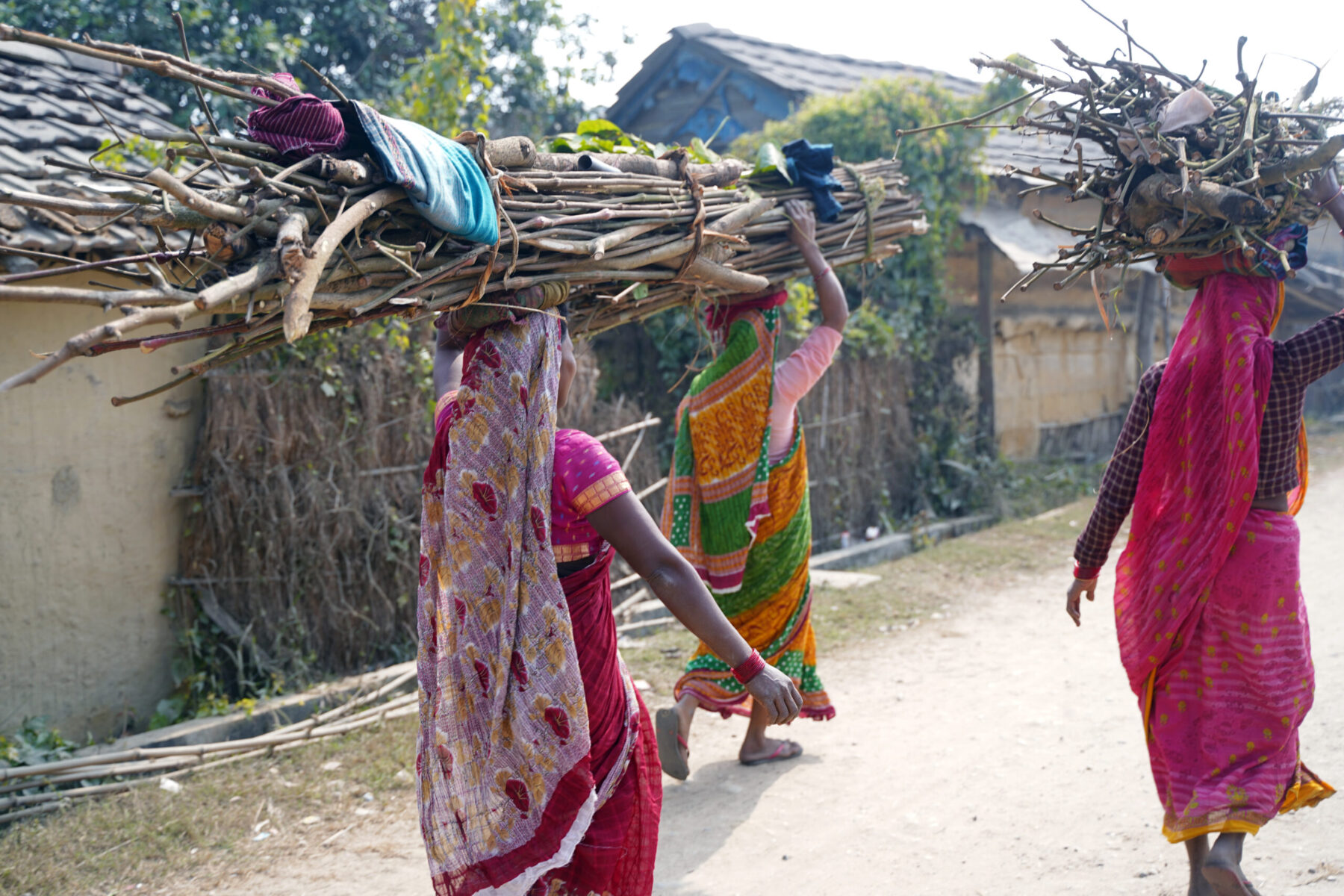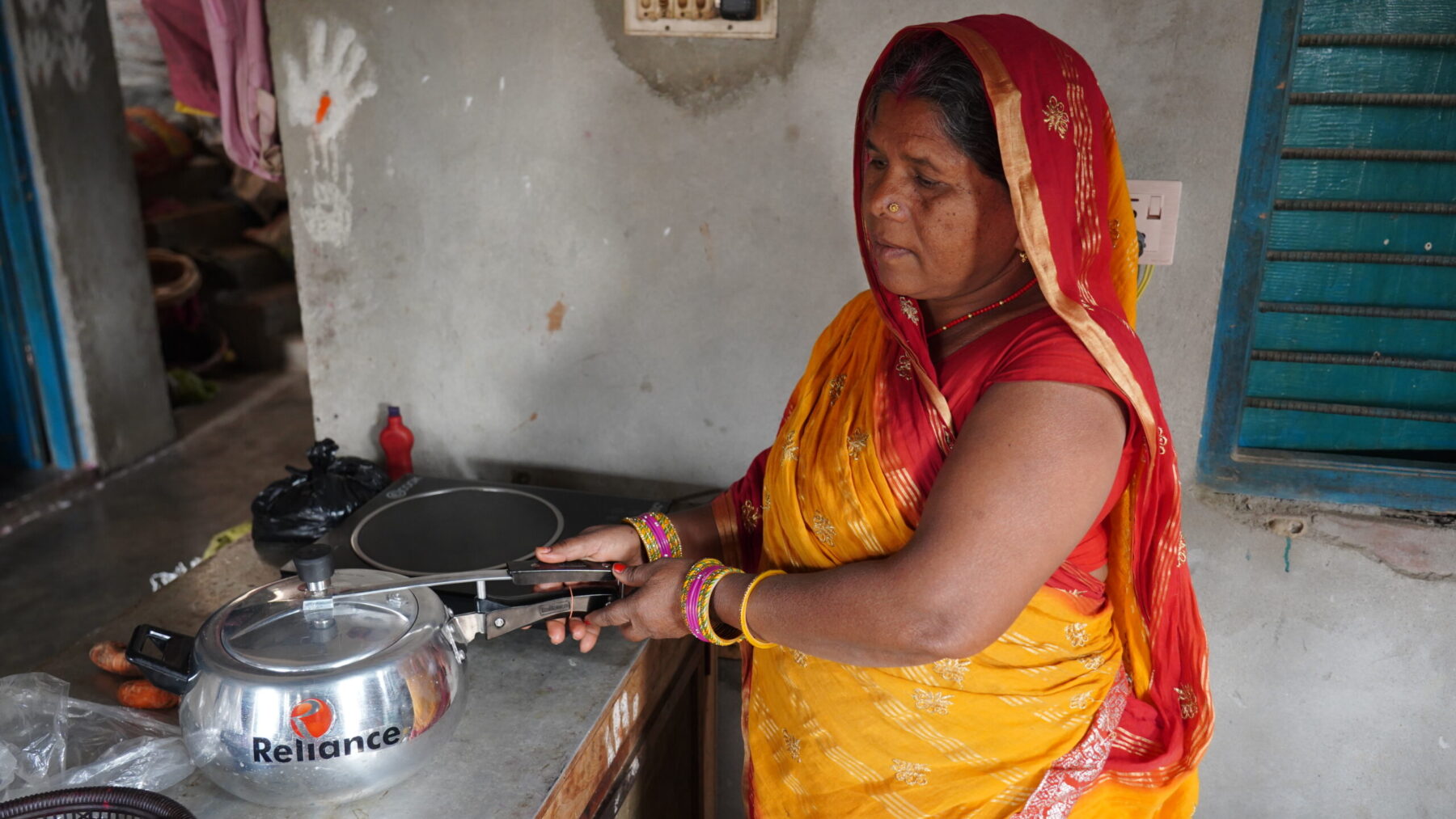Reaching Nepal’s Clean Cooking Goals: A Geospatial Approach
In Nepal, over half the population still relies on traditional fuels like biomass for cooking, leading to severe health consequences and environmental damage. A new study in The Lancet Journal of Planetary Health, a collaboration between the Clean Cooking Alliance (CCA), KTH Royal Institute of Technology, the World Resources Institute (WRI), and Nepal Open University, reveals that Nepal’s clean cooking transition could prevent around 9,563 deaths annually. Using the open-source OnStove tool (developed with support from CCA), the study provides spatially detailed insights on how targeted investments and policy changes can transform cooking practices nationwide, benefiting health, the environment, and the economy.
The Urgent Need for Clean Cooking
Cooking with traditional fuels like firewood is a significant source of air pollution, causing respiratory diseases and leading to thousands of premature deaths every year, with women and children particularly affected. Additionally, reliance on biomass fuels contributes to deforestation, greenhouse gas emissions, and hours every week spent on labor-intensive fuel collection. Despite extensive electrification (nearly 95% of Nepal’s population now has access to the grid), only a fraction (less than 1%) currently cook with electricity, largely due to infrastructure gaps and affordability constraints in rural areas.
To address these issues, the Government of Nepal has set ambitious targets for clean cooking by 2030, aiming to reach 25% of households with electric stoves, install 500,000 improved biomass cookstoves, and build biogas plants across the country.
Key Research Findings
The study highlights that clean cooking technologies, especially electric stoves, could bring widespread benefits across Nepal. The analysis shows that if policies shifted to support electric cooking, significant reductions in greenhouse gas emissions, health costs, and time spent collecting fuel could be achieved. Electric cooking emerges as the most beneficial option for much of the population, with biogas and improved biomass stoves also providing advantages in specific areas.
The cost-benefit analysis conducted shows that the current subsidy model, which heavily favors LPG (Liquified Petroleum Gas), fosters dependency on imports and limits energy security. Shifting these subsidies to promote electric cooking could allow nearly 71% of Nepal’s population to transition to this cleaner option, making the transition more sustainable and cost-effective. The health benefits are particularly noteworthy: if clean cooking technologies were widely adopted, not only could thousands of lives be saved, but healthcare costs could be reduced by $1.27 billion annually.
Prioritizing Regions and Technologies
Using OnStove in combination with the WRI-led Energy Access Explorer, researchers created a model that prioritizes specific areas for clean cooking technology based on factors such as population density, wealth, and accessibility. This prioritization helps pinpoint areas where electric cooking adoption is most feasible, while recommending improved biomass stoves for regions at higher elevations and remote rural areas where electricity infrastructure remains limited. Biogas is best suited for regions with high livestock density, where biogas plants could produce a sustainable fuel source.
The study modeled four scenarios for clean cooking adoption, from an ideal social welfare model to household-centered perspectives. Under the scenario that best aligns with Nepal’s current policies, the shift in subsidies from LPG to electric cooking would raise clean cooking adoption from 46% to 64%, reducing dependency on imported fuels and enhancing energy security. However, achieving universal access remains a challenge, highlighting the need for continued investment and infrastructure improvements, especially in remote areas.
A Roadmap for Scaling Clean Cooking
This study’s geospatial approach offers a pioneering model for integrating local factors into national clean cooking strategies. By combining technical analysis with stakeholder priorities, the roadmap provides a clear, data-driven path to expand clean cooking solutions across Nepal. The findings underscore the importance of targeted subsidies, particularly for vulnerable and low-income communities, and demonstrate how clean cooking policies can align with broader energy security and environmental goals.
As global investment in clean energy grows, this model can serve as a valuable example for other countries facing similar challenges. Through inclusive, region-specific strategies, Nepal moves closer to its sustainability targets, with clean cooking solutions that promise both immediate health benefits and long-term environmental gains.
Read the full article here.


